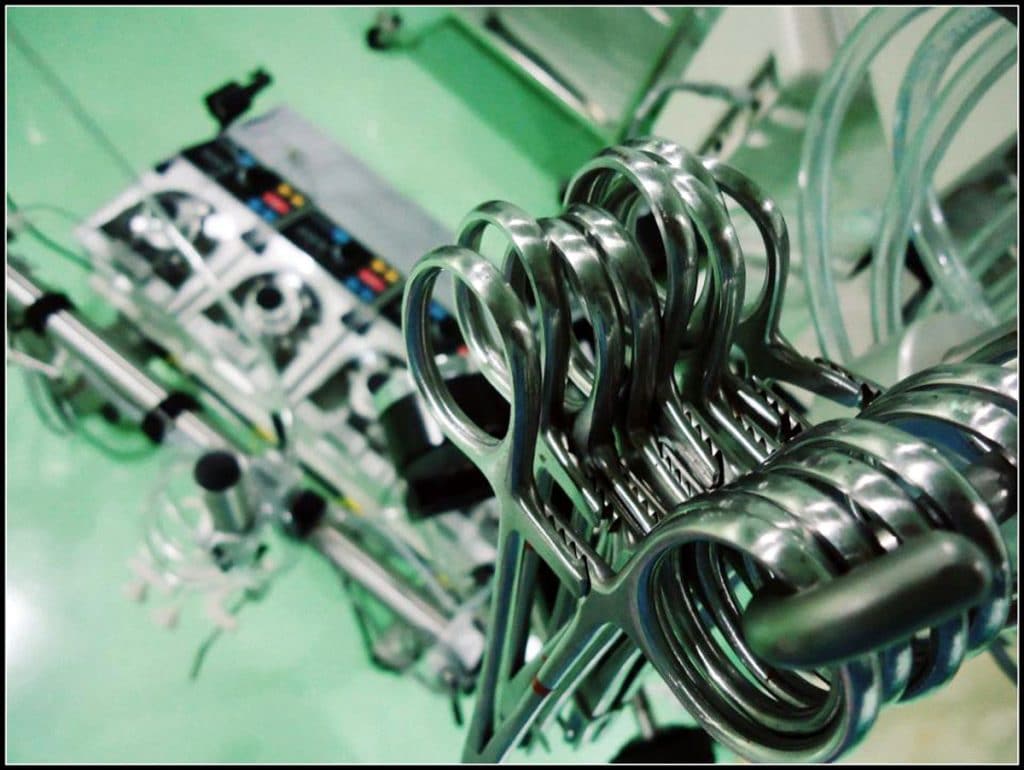Cerebral Microemboli in Mini-Sternotomy Compared to Mini- Thoracotomy for Aortic Valve Replacement: A Cross Sectional Cohort Study

Background
Recently adopted mini-thoracotomy approach for surgical aortic valve replacement has shown benefits such as reduced pain and shorter recovery, compared to more conventional mini-sternotomy access. However, whether limited exposure of the heart and ascending aorta resulting from an incision in the second intercostal space may lead to increased intraoperative cerebral embolization and more prominent postoperative neurologic decline, remains inconclusive. The aim of our study was to assess potential neurological complications after two different minimal invasive surgical techniques for aortic valve replacement by measuring cerebral microembolic signal during surgery and by follow-up cognitive evaluation.
Methods
Trans-cranial Doppler was used for microembolic signal detection during aortic valve replacement performed via mini-sternotomy and mini-thoracotomy. Patients were evaluated using Addenbrooke’s Cognitive Examination Revised Test before and 30 days after surgical procedure.
Results
A total of 60 patients were recruited in the study. In 52 patients, transcranial Doppler was feasible. Of those, 25 underwent mini-sternotomy and 27 had mini-thoracotomy. There were no differences between groups with respect to sex, NYHA class distribution, Euroscore II or aortic valve area. Patients in mini-sternotomy group were younger (60.8 ± 14.4 vs.72 ± 5.84, p = 0.003), heavier (85.2 ± 12.4 vs.72.5 ± 12.9, p = 0.002) and had higher body surface area (1.98 ± 0.167 vs. 1.83 ± 0.178, p = 0.006). Surgery duration was longer in mini-sternotomy group compared to mini-thoracotomy (158 ± 24 vs. 134 ± 30 min, p < 0.001, respectively). There were no differences between groups in microembolic load, length of ICU or total hospital stay. Total microembolic signals count was correlated with cardiopulmonary bypass duration (5.64, 95%CI 0.677–10.60, p = 0.027). Addenbrooke’s Cognitive Examination Revised Test score decreased equivalently in both groups (p = 0.630) (MS: 85.2 ± 9.6 vs. 82.9 ± 11.4, p = 0.012; MT: 85.2 ± 9.6 vs. 81.3 ± 8.8, p = 0.001).
Conclusion
There is no difference in microembolic load between the groups. Total intraoperative microembolic signals count was associated with cardiopulmonary bypass duration. Age, but not micorembolic signals load, was associated with postoperative neurologic decline.
